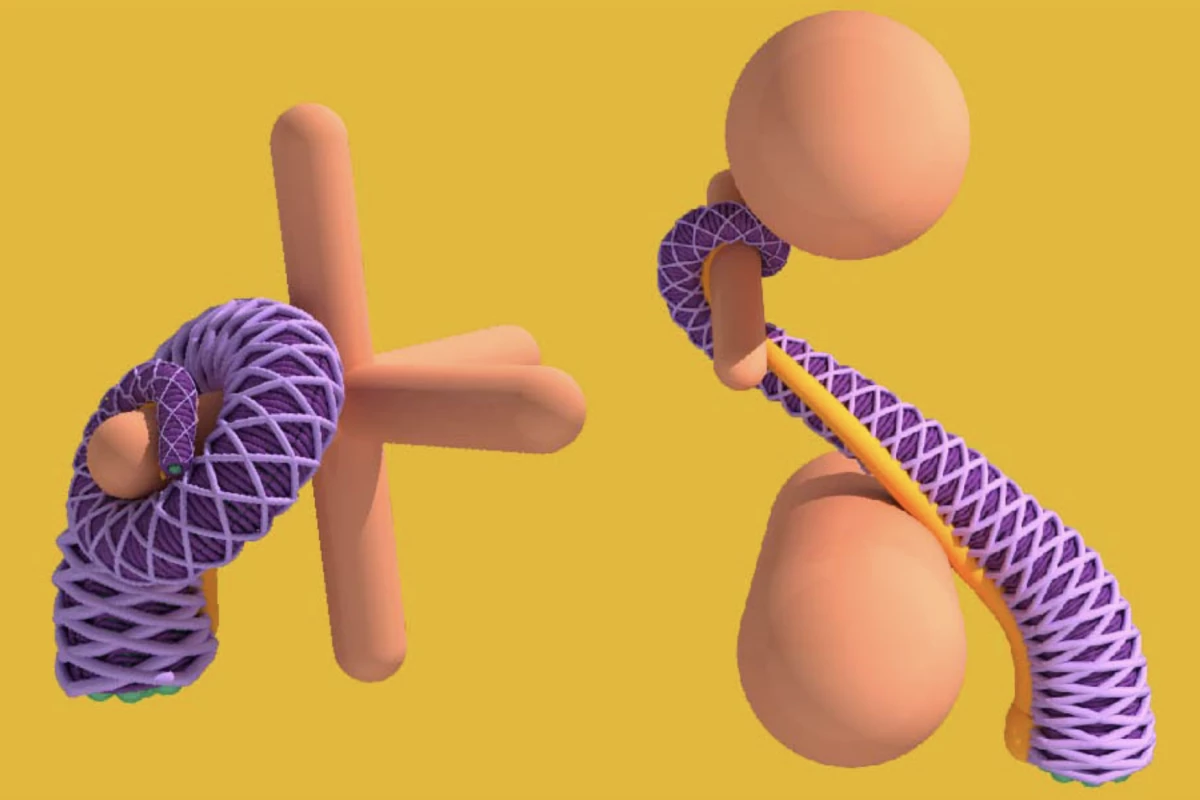For the first time, engineers have digitally recreated the complex muscular architecture of the octopus arm and its unique movements, which opens the door to developing soft robotics with unprecedented dexterity.
A research team led by the Department of Mechanical Science and Engineering at the University of Illinois Urbana-Champaign has successfully built a computational model of the octopus arm, which is able to replicate how the eight-armed cephalopod moves, grasps and manipulates objects.
“The general motivation is to figure out how to control a complex system with many degrees of freedom and find an alternative to running expensive computations,” said associate professor Mattia Gazzola. “The octopus is an interesting animal model that has been studied since the 1980s. [Researchers] want to know the ‘secret’ to its abilities.”
While we still don't know the precise muscular mechanisms at work, this study is the most advanced model we've seen. Because an octopus doesn't have a central brain but 'mini-brains' in each appendage, it's been challenging for scientists to recreate such movement. But cracking this code could be a game-changer, providing the template for efficient, multifunctional autonomous soft robotics.
Building on from earlier work, in this study the team observed an octopus reaching through a screen barrier to grasp, manipulate and move a range of objects placed on the other side of the tank divider. Combining visual recordings, the researchers analyzed MRI, histological and biomechanical data to form a model that factors in nearly 200 interconnected octopus arm muscles to create the model.
“It was almost like working with a little kid,” said Gazzola of their model subject. “You have to know how to approach [the octopus] and keep it engaged."
“Instead of working with thousands of degrees of freedom, we related two topological quantities – writhe and twist –to muscle dynamics,” Gazzola added. “These two quantities are each controlled by different muscle groups whose coactivation gives rise to a third topological quantity, that describe the arm’s 3D morphological changes – that is, its motion.”
While the videos may appear simple, they're the culmination of half a decade's work by researchers attempting to unravel the mysteries of octopus soft-body movement mechanics. And it could be the Rosetta Stone that engineers have been seeking, forming the blueprint for developing precise and fluid soft robotics – something that has eluded scientists for decades.
Next, the researchers are looking to turn their computational model into a physical prototype, one that will use this intricate muscle structure to be trained on autonomous tasks.
“Our theoretical understanding is still an intuitive approach,” Gazzola said. “We want to develop an automated framework so that our octopus model can learn to perform tasks on its own.”
While the octopus arm is recognized as one of the animal kingdom's most flexible limbs – made even more impressive by the fact it operates without skeletal structures like joints – the animal is notoriously difficult to study, and we still don't know the exact workings of the transverse, longitudinal and oblique muscles that make up each of its eight appendages.
With this model, which simplifies "mechanically intelligent" design and control principles, the researchers believe they're edging closer to being able to use nature to advance this area of biotechnology.
“I find it very interesting to learn from live animals and translate some of the insights into ideas for soft robotic design,” said the study's first author Arman Tekinalp.
And because we can't get enough of these oddly calming videos, here are a few more from the study.
The research was published in the journal Proceedings of the National Academy of Sciences.





